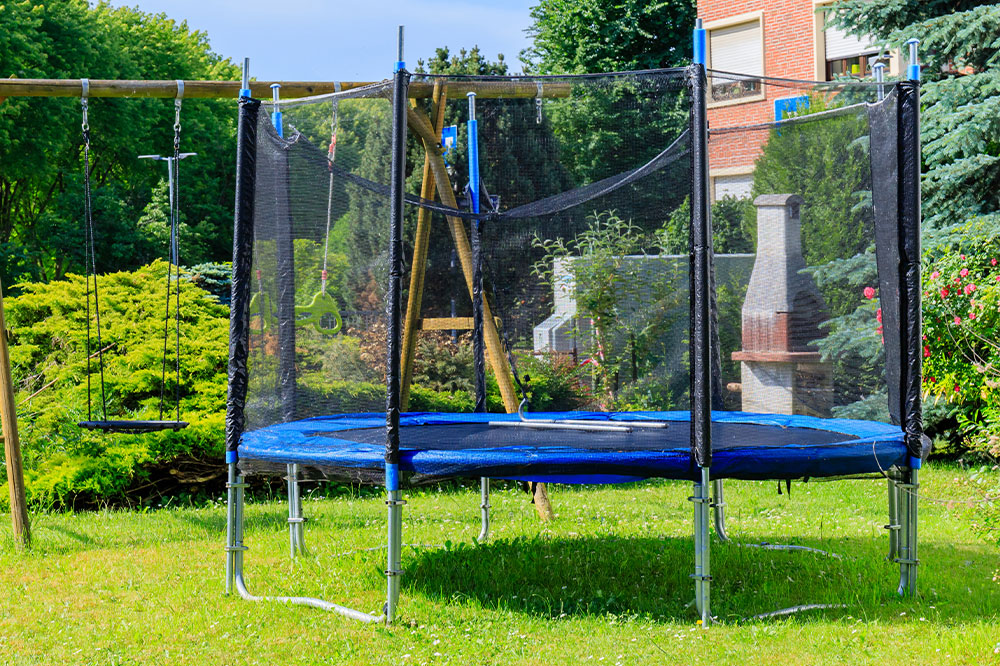Benefits and drawbacks of rent-to-own homes unveiled

A rent-to-own home helps individuals buy the home they are renting once the lease expires. It is an excellent option for individuals who cannot secure traditional mortgages upfront. Here, part of the monthly rent payments may go toward the purchase price, and additional expenses and fees might apply. However, before signing the agreement, one must explore various details, like the advantages and drawbacks, to make informed decisions during their home-buying journey.
Benefits of rent-to-own homes
Helping save for a down payment
Those who direct a portion of rent payments towards the purchase price could help accumulate a significant down payment towards the home’s purchase price. It could make it easier for them to handle a big down payment they might have had trouble saving up for. Going with the rent-to-own home option may also help an individual build equity.
Ample time to improve finances
One could use the rental period to pay down their debt, cushion their savings, and improve their credit score. Moreover, signing up for the rent-to-own home agreement may also help increase one’s income before one purchases a home. Therefore, the option could help one marginally improve their finances.
Lock in prices
Individuals who sign up for this agreement are usually aware of the purchase price from the start. The information may give one peace of mind and enable them to be financially prepared to handle all associated expenses and purchase the home later.
There’s no moving required
An individual who moves from one home to another at the end of a rental contract may incur thousands of dollars in expenses for furniture, supplies, and transportation of other utilities. Moreover, there may be expenses associated with renovating the new home space. However, in the case of a rent-to-own home, one would already have everything set up, and there would be no relocating involved. Therefore, such home ownership may help save in the long run.
Drawbacks of rent-to-own homes
Higher than average rent
An individual might have to pay higher than average rent, especially if part of their payment goes toward the purchase price of the rent-to-own home.
Other fees
Rent-to-own homes may come with certain fees. These might include nonrefundable options. Therefore, one could lose their money if they decide not to buy the home towards the end of the contract.
Maintenance and insurance costs
There are several out-of-pocket costs associated with rent-to-own homes. It might add up drastically, especially in cases where there is damage to the roof or if the air conditioning stops functioning. The maintenance costs and insurance costs in these situations might be quite hefty. One may also be liable to pay property taxes.
The financing isn’t assured
Contrary to popular belief, the financing options for a rent-to-own home are never assured. One has to qualify for a mortgage if one wants to finance the purchase of a home. Moreover, the individual may also have to pay closing costs, which may add an extra 2% to 5% to the total due amount.
















